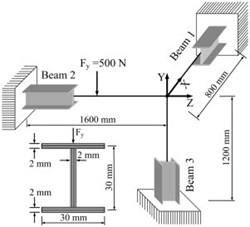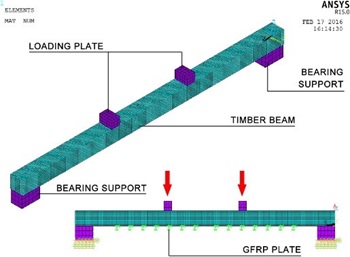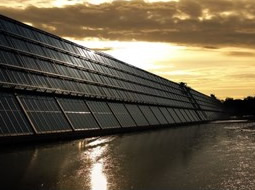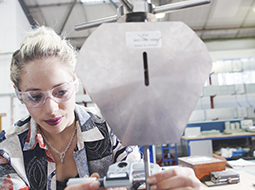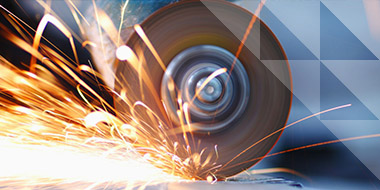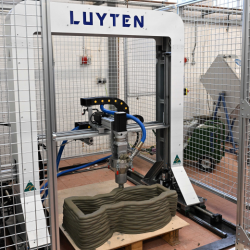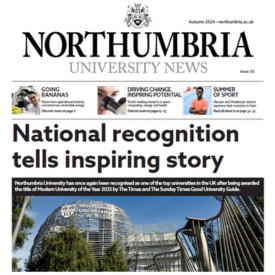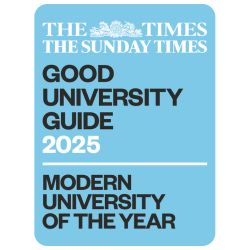-
Study
-
Quick Links
- Course Search
- Unlock Your Potential
- Still time to Apply
- Higher and Degree Apprenticeships
- Continuing Professional Development
- Book an Open Day
-
Undergraduate
- Course Search
- Application Guides
- UCAS Exhibitions
- Foundation Years
- Fees and Funding
- School & College Outreach
- Information for Parents
-
Postgraduate
- Course Search
- Application Guide
- Postgraduate Research Degrees
- Flexible Learning
- Fees and Funding
- Change Direction
- Register your Interest
-
Student Life
- Students' Union
- The Hub - Student Blog
- Accommodation
- Northumbria Sport
- Support for Students
-
Experience Northumbria
- Open Days & Events
- Virtual Tours
- Campus Tours
- Life in Newcastle
-
-
International
International
Northumbria’s global footprint touches every continent across the world, through our global partnerships across 17 institutions in 10 countries, to our 277,000 strong alumni community and 150 recruitment partners – we prepare our students for the challenges of tomorrow. Discover more about how to join Northumbria’s global family or our partnerships.
View our Global Footprint-
Quick Links
- Course Search
- Undergraduate Study
- Postgraduate Study
- Information for Parents
- London Campus
- Northumbria Pathway
- Sign up for Information
-
International Students
- Information for Students
- International Events
- Application Guide
- Entry Requirements and Education Country Agents
- Global Offices
- English Requirements
- English Language Centre
- International student support
-
International Fees and Funding
- International Undergraduate Fees
- International Undergraduate Funding
- International Masters Fees
- International Masters Funding
- International Postgraduate Research Fees
- International Postgraduate Research Funding
-
International Partners
- Agent and Representative Network
- Global Partnerships
- Global Community
-
International Mobility
- Information for Northumbria Students
- Information for Incoming Exchange Students
-
-
Business
Business
The world is changing faster than ever before. The future is there to be won by organisations who find ways to turn today's possibilities into tomorrows competitive edge. In a connected world, collaboration can be the key to success.
More on our Business Services -
Research
Research
Northumbria is a research-rich, business-focused, professional university with a global reputation for academic quality. We conduct ground-breaking research that is responsive to the science & technology, health & well being, economic and social and arts & cultural needs for the communities
Discover more about our Research -
About Us
-
About Northumbria
- Our Strategy
- Our Staff
- Place and Partnerships
- Leadership & Governance
- Academic Departments
- University Services
- History of Northumbria
- Contact us
- Online Shop
-
-
Alumni
Alumni
Northumbria University is renowned for the calibre of its business-ready graduates. Our alumni network has over 246,000 graduates based in 178 countries worldwide in a range of sectors, our alumni are making a real impact on the world.
Our Alumni - Work For Us

 Concrete is relatively weak in tension and may require some
form of reinforcement to cope with tensile forces. Steel reinforcing bar is
often used to cater for tensile and compressive forces. However, current
research shows that the use of steel reinforcing bar does not fully afford
concrete protection against impact. Alternatively it has been shown that where
fibres are added to concrete mixes protection is afforded through increased
energy absorption. It would appear that the dispersion of fibres throughout a
concrete mix affords a degree of toughness between the reinforcement bar
spacing. We are conducting tests discover the most effective fibre type and
dose.
Concrete is relatively weak in tension and may require some
form of reinforcement to cope with tensile forces. Steel reinforcing bar is
often used to cater for tensile and compressive forces. However, current
research shows that the use of steel reinforcing bar does not fully afford
concrete protection against impact. Alternatively it has been shown that where
fibres are added to concrete mixes protection is afforded through increased
energy absorption. It would appear that the dispersion of fibres throughout a
concrete mix affords a degree of toughness between the reinforcement bar
spacing. We are conducting tests discover the most effective fibre type and
dose.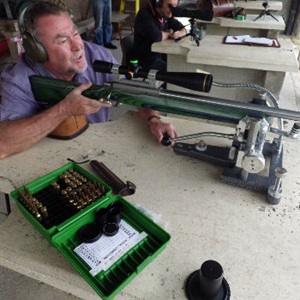 For more information and postgraduate opportunities, please contact
For more information and postgraduate opportunities, please contact  Bio-mineralisation is the phenomenon of bacteria in nutrient
rich environments creating a micro-environment that permits the precipitation
of mineral materials. Microbial induced calcite precipitation (MICP) is a form
of bio-mineralisation specifically referring to the production of calcites
which are a form of calcium carbonate. The process is initiated by bacillus type bacteria which
intracellularly hydrolyze urea for nutrients, thus beginning the process of
calcite precipitation. Sporosarcina
pasteurii has been used to effectively precipitate calcium carbonate in
order to seal porous media.
Bio-mineralisation is the phenomenon of bacteria in nutrient
rich environments creating a micro-environment that permits the precipitation
of mineral materials. Microbial induced calcite precipitation (MICP) is a form
of bio-mineralisation specifically referring to the production of calcites
which are a form of calcium carbonate. The process is initiated by bacillus type bacteria which
intracellularly hydrolyze urea for nutrients, thus beginning the process of
calcite precipitation. Sporosarcina
pasteurii has been used to effectively precipitate calcium carbonate in
order to seal porous media.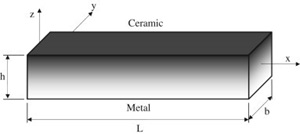 This research focuses on structural mechanics of composite materials using theoretical approach (Finite Element Analysis and Isogeometric Analysis) and computational simulations (ABAQUS and ANSYS). We have made a valuable contribution to theoretical development with various shear deformation theories, which have been successfully applied to thin-walled composite beams, composite beams/plates, marco/micro functionally graded beams/plates.
This research focuses on structural mechanics of composite materials using theoretical approach (Finite Element Analysis and Isogeometric Analysis) and computational simulations (ABAQUS and ANSYS). We have made a valuable contribution to theoretical development with various shear deformation theories, which have been successfully applied to thin-walled composite beams, composite beams/plates, marco/micro functionally graded beams/plates.  We are also looking at the blast response of fibre-metal laminates using ABAQUS/Explicit combined with a vectorised user material (VUMAT) subroutine, and the simulation of timber beams reinforced with glass fibre.
We are also looking at the blast response of fibre-metal laminates using ABAQUS/Explicit combined with a vectorised user material (VUMAT) subroutine, and the simulation of timber beams reinforced with glass fibre.